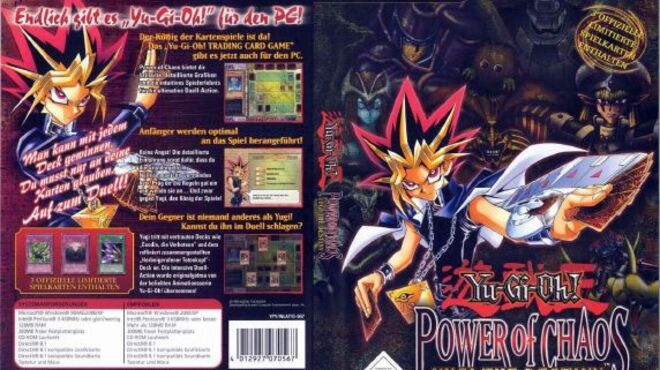


Meanwhile, subtle animations in cards themselves, such as a subtle floating effect if the card happened to be a flying creature like a dragon, helped to give the digital versions of these games a subtle, but effective, visual point of differentiation when compared to the real game.Īnd that’s what confuses me so greatly about Yu-Gi-Oh! Legacy of the Duelist.

With all the power available to developers on modern platforms, we have some truly beautiful CCGs, with highly detailed recreations of the art found on the physical card came that would almost look better than the real thing. Everyone can appreciate good art, and from there, if a person appreciates the art on the cards, they might be encouraged to learn the game. The little bits of art work that are so spectacular in cards that we see in Magic: The Gathering, Hearthstone and Might & Magic: Duel of Champions is so important to the experience because they make these games accessible. For the uninitiated, these games can be painfully difficult to get into thanks to their abstraction, and that is precisely why the developers of both the card game, and the digital versions of those card games focus so much on the presentation of those cards. By its nature a card game is a fairly static experience, with cards being tossed on to a table, and an abstract set of rules determining which set of cards wins each game. The biggest issue that I have with these Yu-Gi-Oh! games is how sterile they are to play. There has been a marginal effort to take the game to the new generation, but it is only marginal. Legacy of the Duelist on the PlayStation 4 is the latest in a very long series of Yu-Gi-Oh titles, but the game suffers from many of the same issues that I had with both the PlayStation 3 and Nintendo 3DS games before it. On the other hand I can’t help that wonder about just how badly the developers behind Yu-Gi-Oh! games misunderstand why people play CCGs. Related reading: If you’ve got a PlayStation 3 you can get much the same experience from Yu-Gi-Oh! Millennium Duels. On a fundamental level it’s a very complex, but very high quality, collectible card game (CCG), and short of making a video game version of Weiss Schwarz (a CCG game that features both Risette from Persona 4 and Hatsune Miku in it… enough said), it’s also the best Japanese CCG that we can hope to see in video game form. On the one hand I’m always up for a new Yu-Gi-Oh! game.


 0 kommentar(er)
0 kommentar(er)
